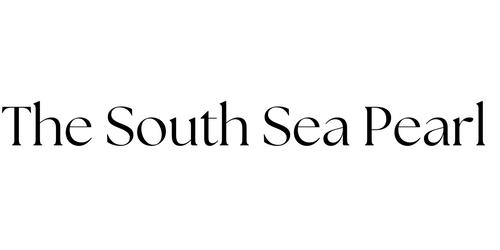by Dr. L. E. Cartier, first published in Facette 23 (February 2017)
The South Sea pearl oyster Pinctada maxima is known to produce white, cream and golden pearls. Such pearls are cultured mainly in Australia, Burma (Myanmar), Indonesia and the Philippines. Interestingly, 2016 marked the 60th anniversary of the first harvest of South Sea cultured pearls at the Kuri Bay farm (Australia), established by Tokuichi Kuribayashi of Nippo Pearls in 1954 (Müller, 1997). In the past few decades, South Sea cultured pearls have become some of the most desired and expensive cultured pearls in the market.
At present, golden South Sea cultured pearls are harvested mainly in Burma, the Philippines and Indonesia. Pearl farmers have targeted traits and oysters that can enable them to focus on specific nacre colours and thus pearl colours. In February 2016 Dr. Laurent Cartier had the opportunity of visiting Jewelmer pearl farms near Palawan Island in the Philippines and observing the different culturing techniques required to harvest golden South Sea pearls. The Jewelmer company was co-founded in 1979 by Jacques Branellec and Manuel Cojuangco with the aim of producing high-end golden South Sea cultured pearls.
Untreated high-quality golden South Sea cultured pearls from the Pinctada maxima oyster continue to be rare and highly sought after on the international market. This complexity (both ecologically and technically) associated with cultivating these pearls is a limiting factor in offering the market larger quantities of such high-quality cultured pearls. Treatments to attain and imitate such pearl colours and qualities will continue to exist, and SSEF is carrying out research on such treatments. As such, it is also very important to visit production sites and collect reliable samples for research. So it is important that both gemmological research and correct disclosure (see CIBJO Pearl Book) are followed. Another aspect of pearls that SSEF has been very active in is DNA fingerprinting of pearls, such as those from Pinctada maxima. In order to continue to brand and market South Sea cultured pearls from Pinctada maxima as such it is important to be able to distinguish these at a gemmological level, between them and pearls of similar colour from other species. The appreciation of golden South Sea cultured pearls will continue to rise as this relatively new resource in the jewellery industry gains wider attention and embodies a golden future.
For more info also see the article by Cartier & Krzemnicki (2016).




